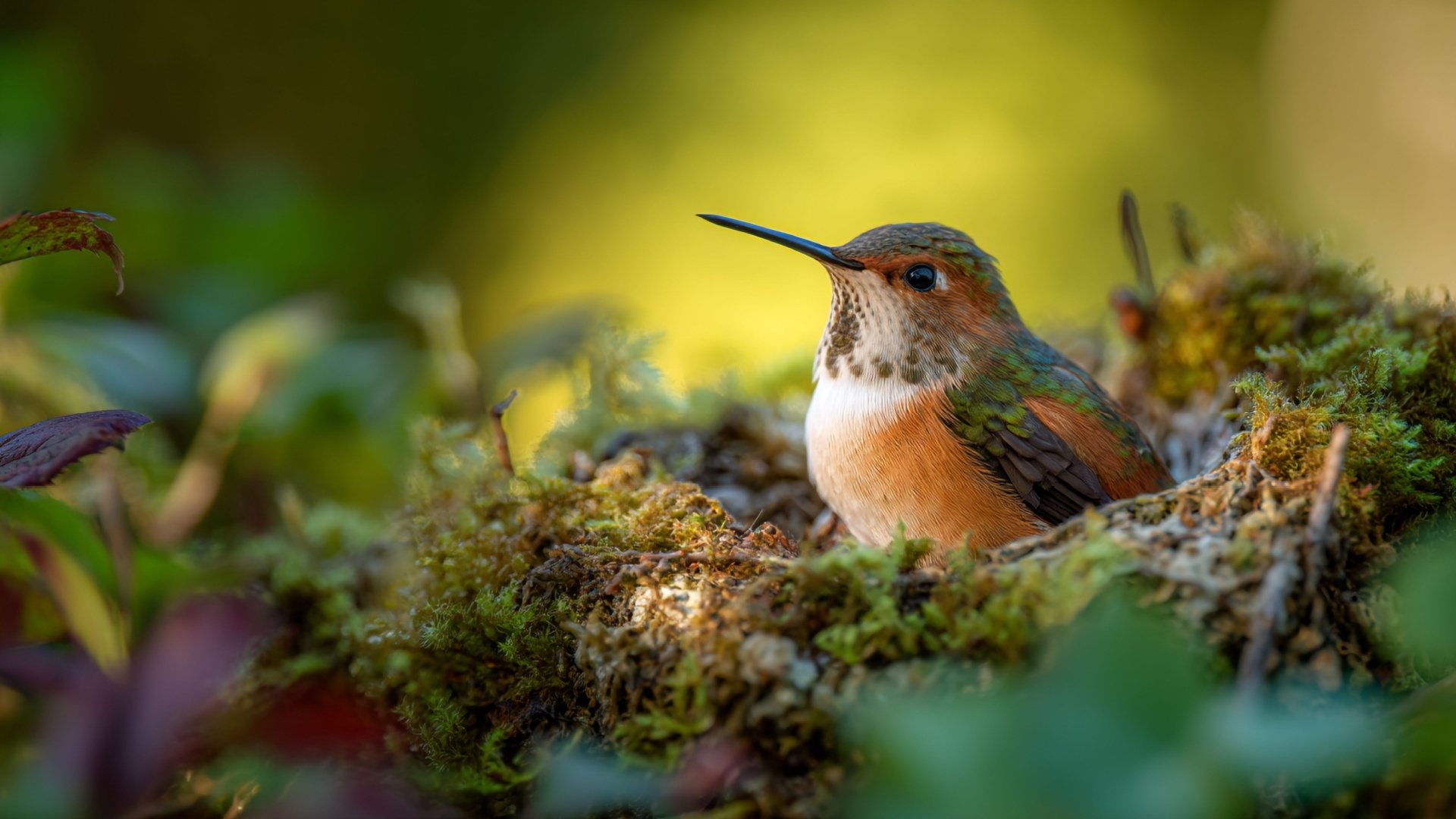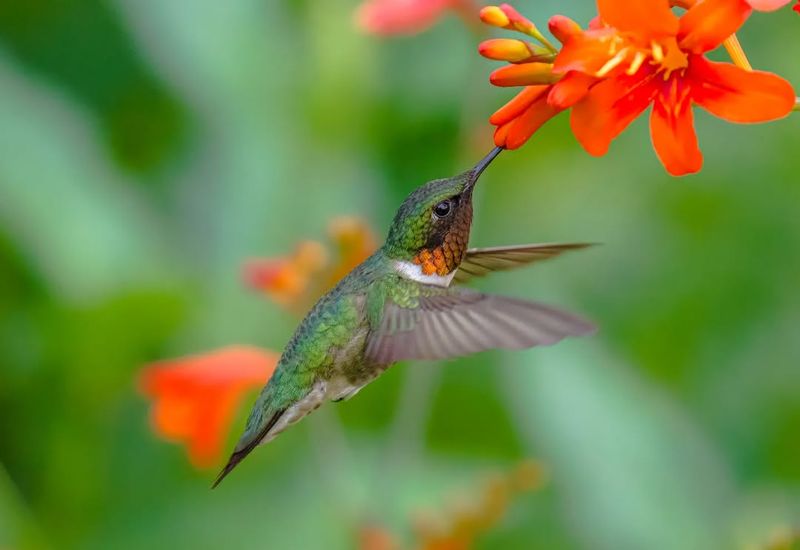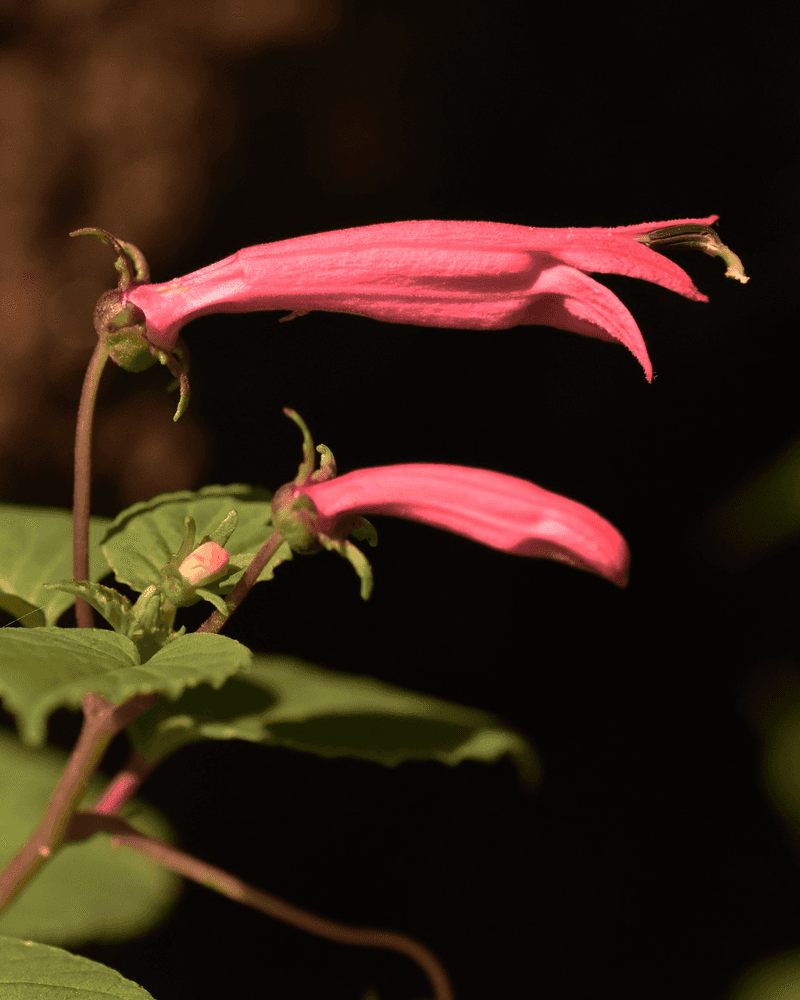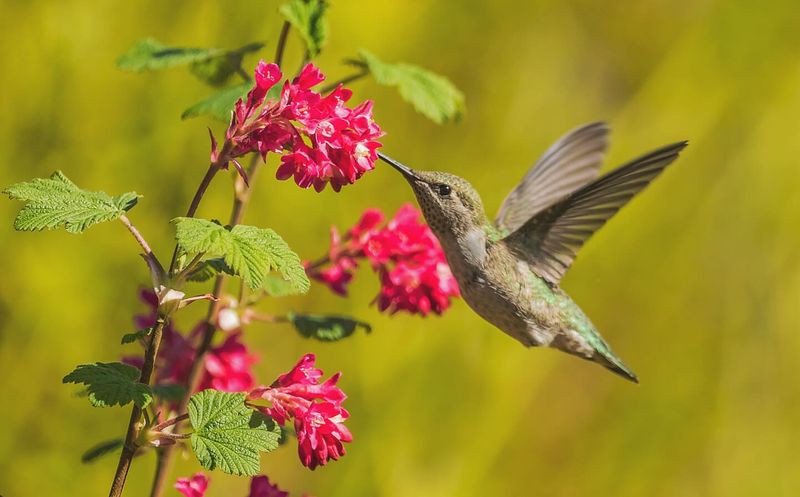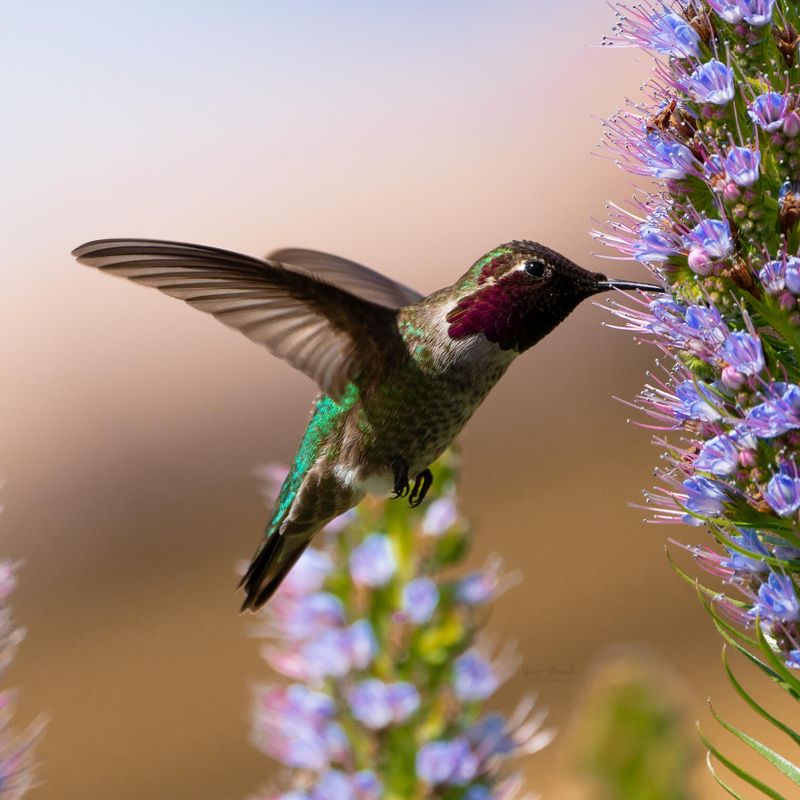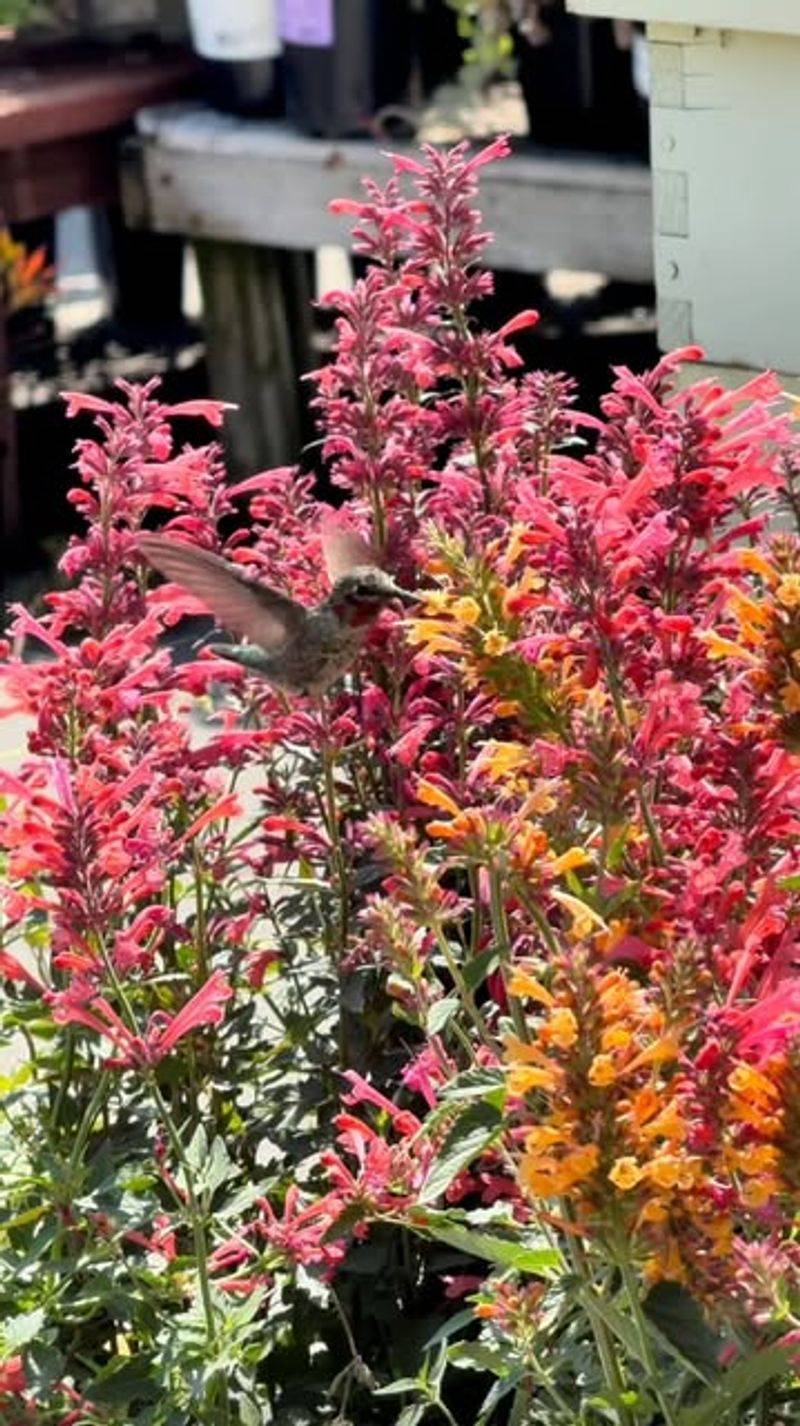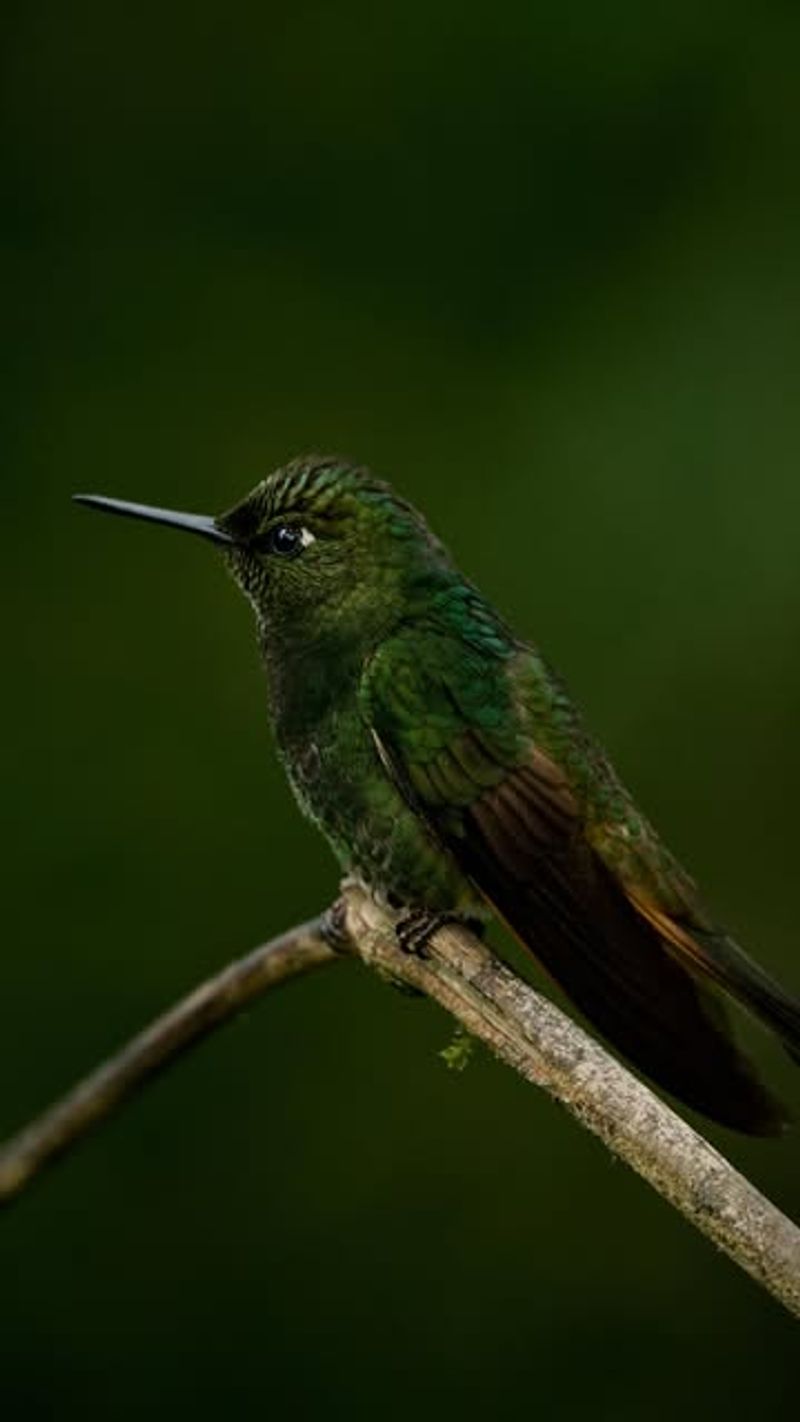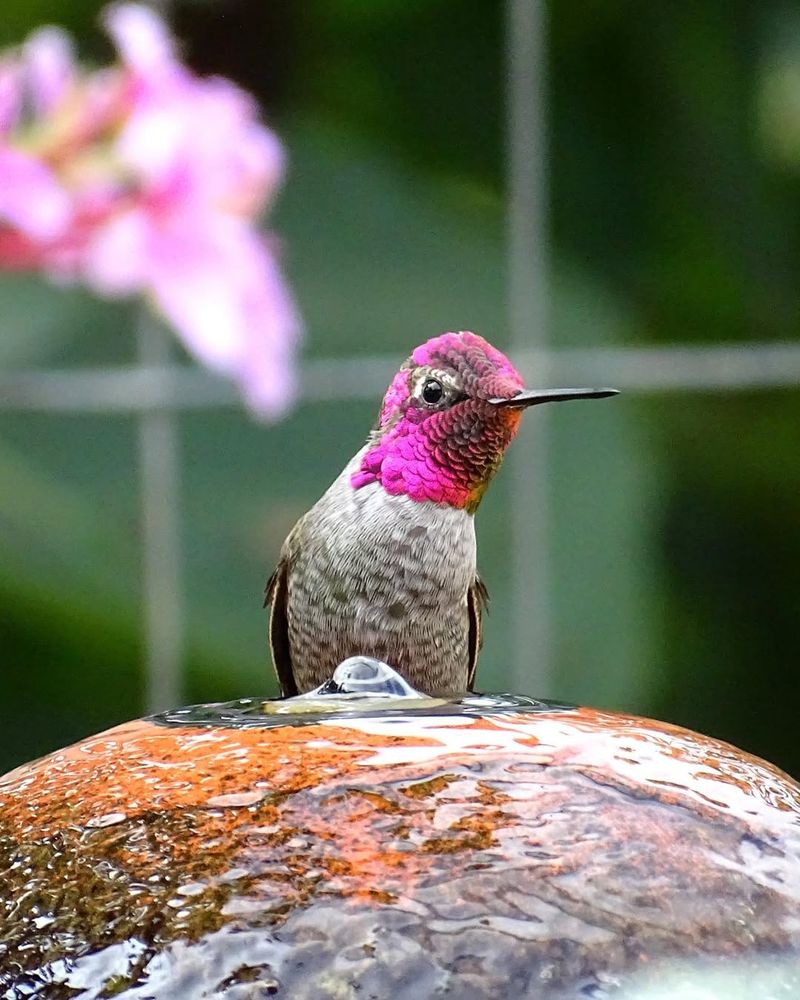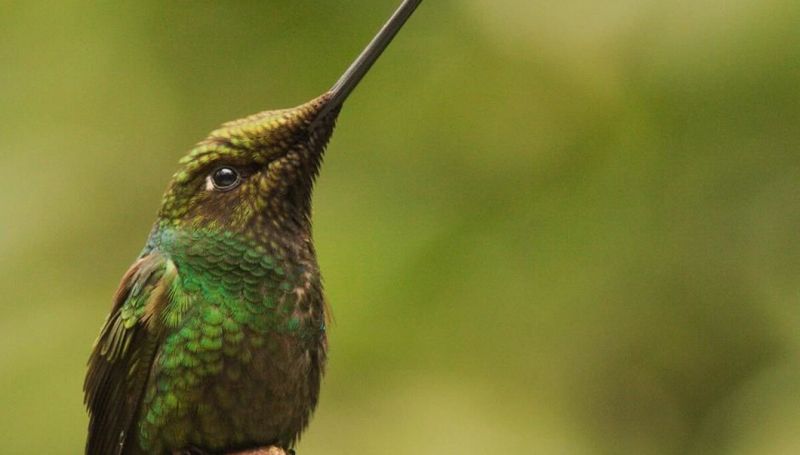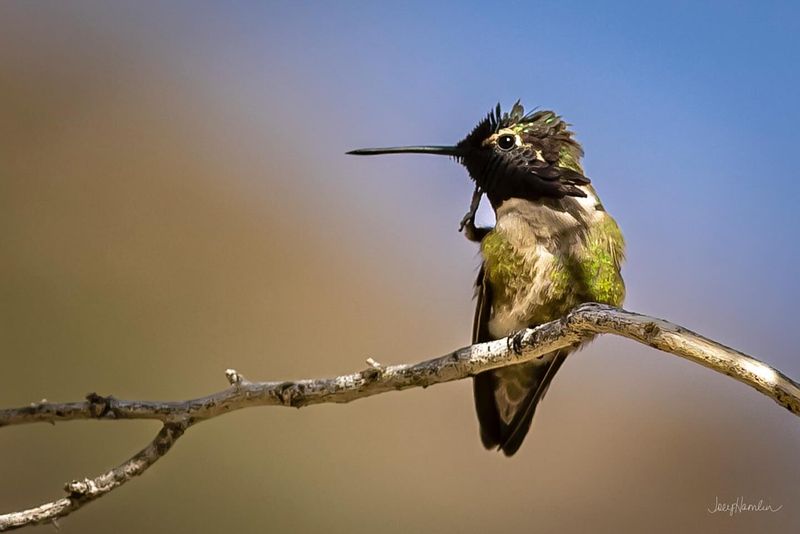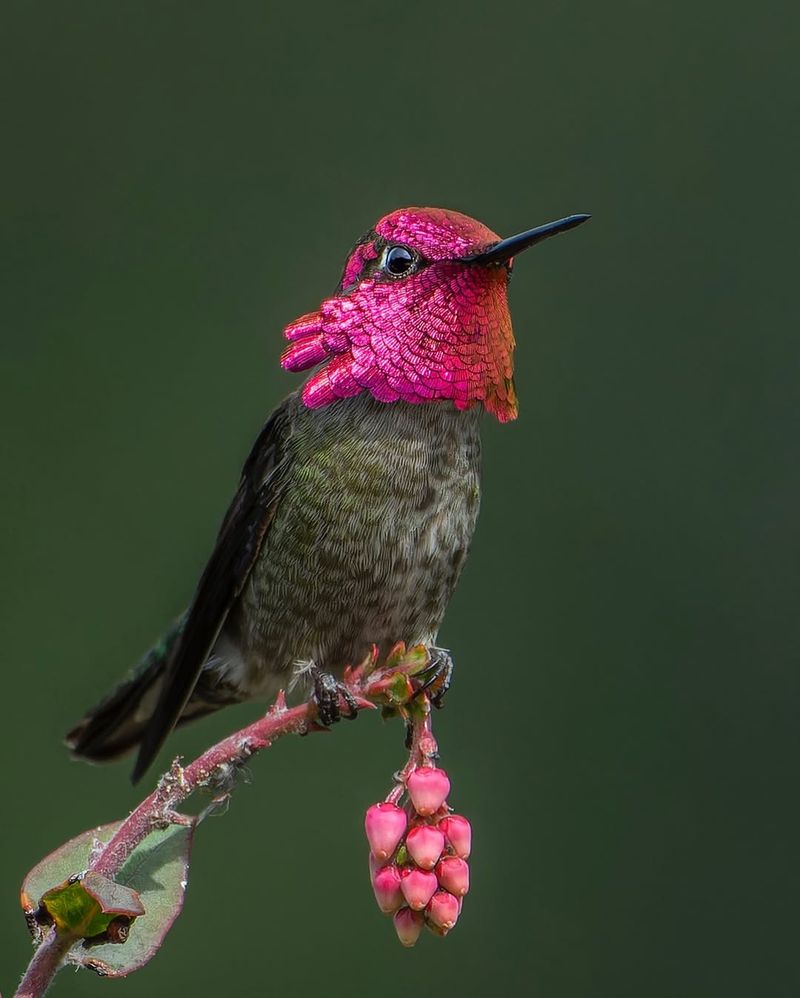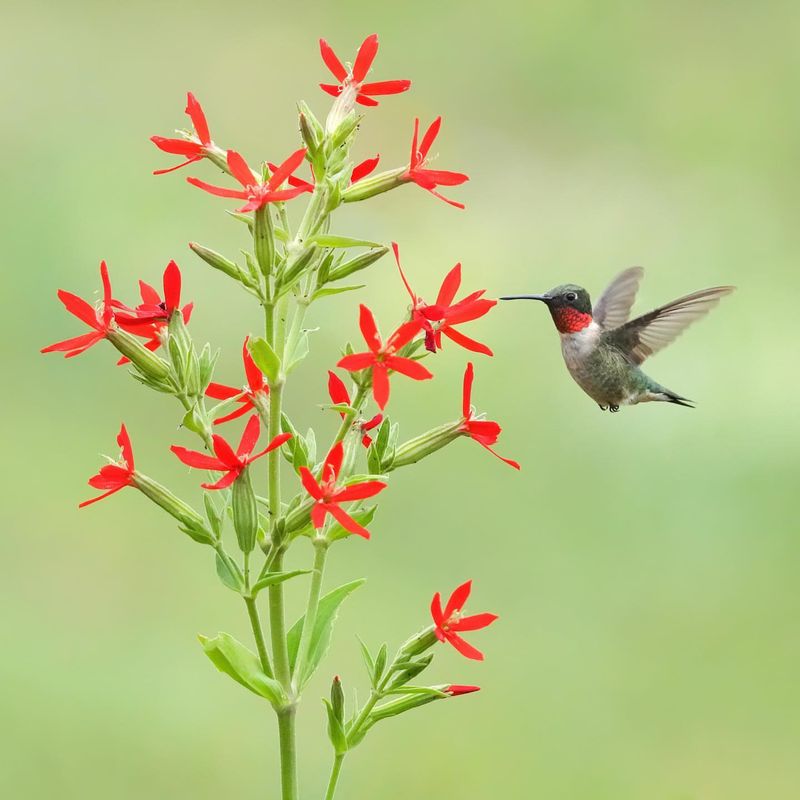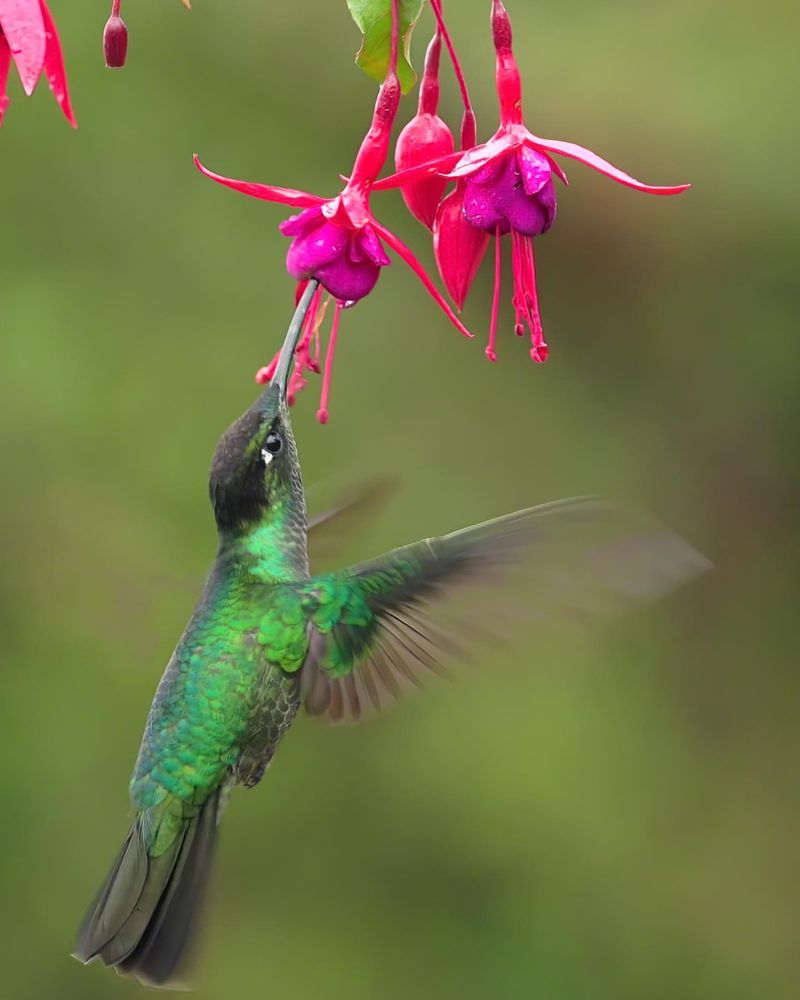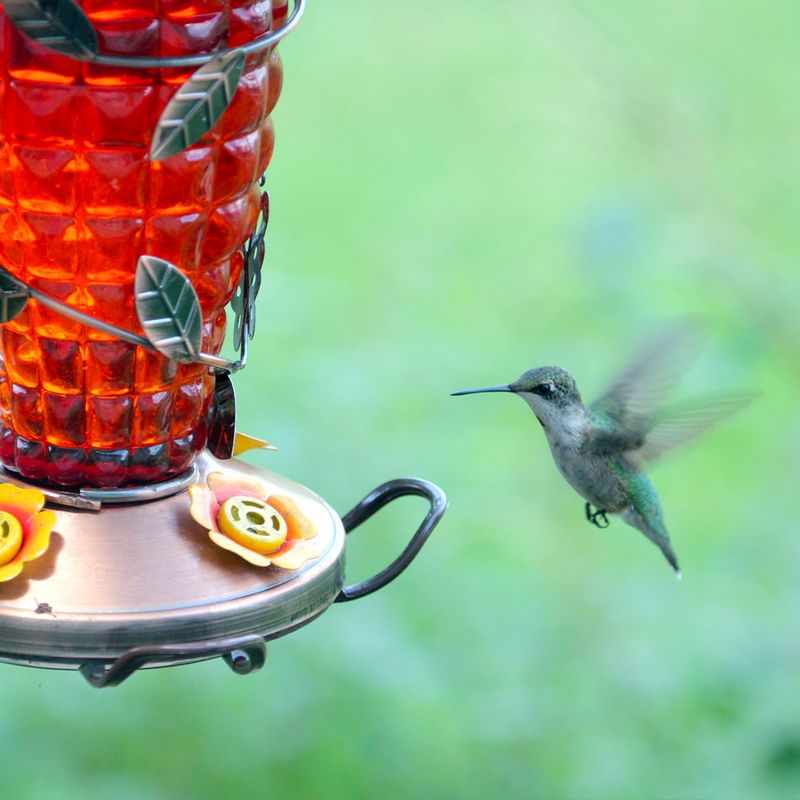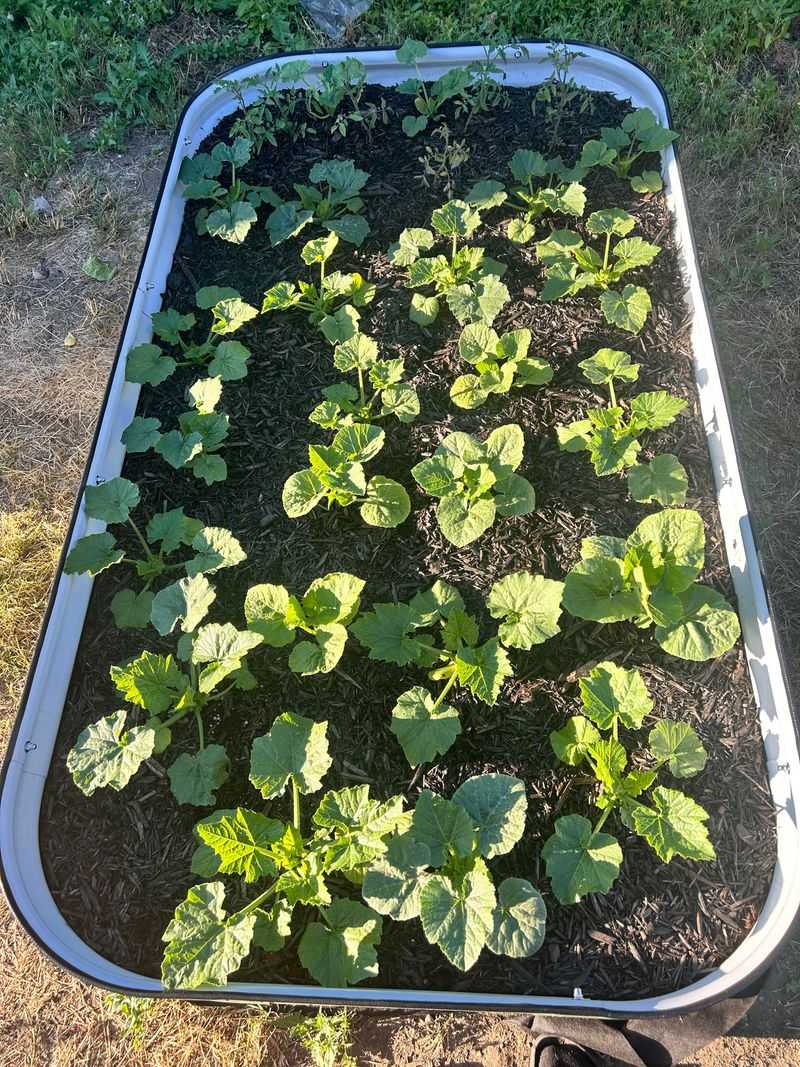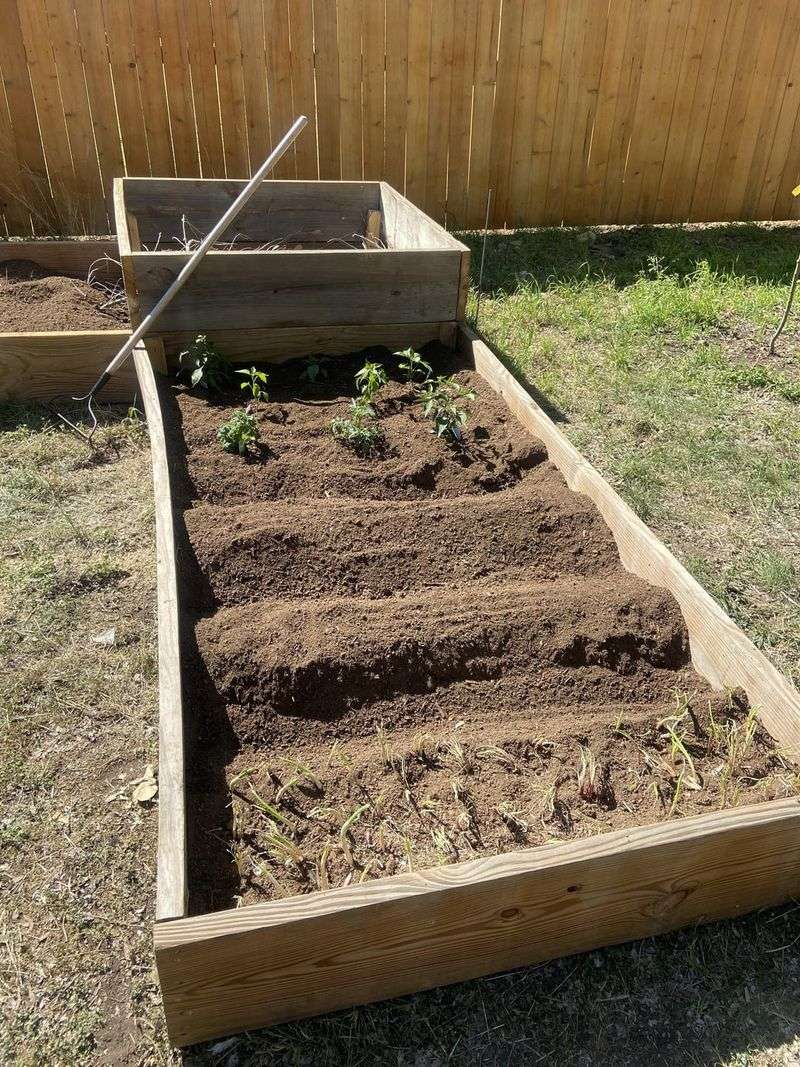I thought I’d built a hummingbird heaven—but it was more like a ghost town. I had the blooms, the feeders, the whole nine yards… yet not a single hummingbird gave my garden the time of day. If you’re in the same boat, don’t throw in the trowel just yet.
Here are 15 reasons your hummingbird-friendly garden might be falling flat—and what you can do to turn it into a buzzing, fluttering oasis.
1. Wrong Flower Colors Chosen
Hummingbirds see color differently than we do and are strongly attracted to bright reds, oranges, and pinks. They’re less interested in blues, whites, and pastels that might appeal to butterflies or bees. Try replacing some of your current flowers with red salvia, cardinal flower, or bee balm.
The vibrant colors act like neon signs saying “food here!” to passing hummingbirds. Even adding a few red accents among your existing plants can make a huge difference in visibility.
2. Lack of Tubular-Shaped Blooms
Flower shape matters tremendously to hummingbirds. Their specialized long bills and tongues evolved specifically for feeding from tubular flowers, which often contain the high-energy nectar they crave. Look for trumpet-shaped blooms like fuchsia, penstemon, and columbine to add to your garden.
These natural nectar dispensers fit a hummingbird’s feeding style perfectly. Their long, curved beaks slide right in, giving them easy access to the sweet reward inside.
3. Not Enough Continuous Blooming
Hummingbirds need a reliable food source throughout their entire season. Gardens with gaps in flowering periods won’t keep these high-metabolism birds coming back. Plan your garden with early, mid, and late-season bloomers.
Spring coral bells, summer bee balm, and fall sage create an unbroken nectar buffet. Research local bloom times and stagger your plantings accordingly. Once hummingbirds discover your reliable food source, they’ll return regularly and even defend their territory!
4. Pesticide Use Driving Birds Away
Chemical pesticides don’t just kill pests – they can harm or repel hummingbirds too. These toxins may contaminate nectar and kill the tiny insects that make up part of a hummingbird’s diet. Switch to natural pest control methods like introducing beneficial insects, using insecticidal soaps sparingly, or handpicking larger pests.
Creating a balanced ecosystem in your garden takes time but pays off with healthier plants and more hummingbird visits. Your garden will become a safe haven in a world where chemical-free spaces are increasingly rare.
5. Garden Location Too Hidden
Hummingbirds need to spot your garden from above as they fly by. Hidden gardens tucked under trees or behind structures often go unnoticed by these aerial scouts. Move some of your hummingbird-friendly plants to more visible areas – along fences, near windows, or in open spots with good visibility from above.
Bright colors in open spaces act like runway lights guiding them in. Remember that hummingbirds have excellent memories for food sources, so once they find you, they’ll remember to come back.
6. Insufficient Nectar-Rich Varieties
Not all flowers produce the same amount of nectar. Some showy blooms might look impressive but offer little actual food value to hungry hummingbirds. Research and plant known nectar powerhouses like trumpet vine, cardinal flower, and hummingbird mint.
Native plants often produce more nectar than hybrids bred for appearance. Consider grouping high-nectar plants together to create feeding stations that make energy collection more efficient for these tiny birds with incredibly fast metabolisms.
7. Missing Water Features
Hummingbirds need water not just for drinking but also for bathing. Their tiny bodies require regular cleaning to maintain feather condition and flight performance. Add a shallow bird bath with a gentle mister or dripper attachment.
Hummingbirds love flying through fine sprays of water or rubbing against wet leaves. The sound of moving water also helps attract them to your garden. Keep water features clean and fresh, changing the water every few days to prevent mosquito breeding.
8. Too Much Competition From Bees
Bees and hummingbirds often visit the same flowers, but heavy bee traffic can intimidate these tiny birds. While not naturally afraid of bees, hummingbirds prefer uninterrupted feeding. Plant some hummingbird favorites that bees visit less frequently, like long tubular flowers that bee tongues can’t easily reach. Trumpet honeysuckle and cardinal flower often attract more hummingbirds than bees. Creating separate feeding zones with different plant types gives both pollinators their own space to thrive without constant competition.
9. Lack of Perching Spots
Contrary to popular belief, hummingbirds don’t fly constantly. They actually spend 80% of their time perching, resting, and surveying their territory. Add slender branches, garden stakes, or even special hummingbird perches near your flowers.
Placing these resting spots with good visibility of the garden allows hummingbirds to conserve energy while keeping watch. They prefer perches with clear flight paths to flowers and protection from predators. A comfortable rest area might convince them to claim your garden as regular territory.
10. Neighborhood Cat Presence
Outdoor cats pose a serious threat to hummingbirds, especially when they’re feeding and focused on flowers rather than predators. Even well-fed cats instinctively hunt birds. Position your hummingbird plants away from areas where cats can hide and pounce. Consider installing a small fence or thorny barrier plants around your garden.
Elevated planters and hanging baskets place flowers at heights safer from feline hunters. Motion-activated sprinklers can also discourage cats from prowling your garden while being completely harmless.
11. Forgetting Native Plant Species
Local hummingbirds co-evolved with native plants in your region, creating perfect partnerships. These natural relationships often outperform exotic imports in attracting local birds. Research which flowering plants are native to your specific area and incorporate them into your garden.
Native plants typically require less water and maintenance while providing exactly what local hummingbird species prefer. Contact your local native plant society or extension office for recommendations tailored to your region’s unique hummingbird population.
12. Too Much Shade in Garden
Most nectar-rich flowers require significant sunlight to produce the sweet reward hummingbirds seek. Shady gardens often struggle with both flower production and nectar quality. Consider selectively pruning overhanging branches to create sunny pockets for your hummingbird plants.
If your yard is naturally shady, focus on shade-tolerant options like cardinal flower, columbine, and certain varieties of fuchsia. Even moving potted plants to follow sun patterns throughout the season can make a difference in nectar production and attractiveness.
13. Irregular Feeder Maintenance
Supplemental feeders can be great additions to flower gardens, but neglected ones do more harm than good. Spoiled nectar can make hummingbirds sick or drive them away permanently. Clean feeders thoroughly every 2-3 days in hot weather, every 4-5 days in cooler temperatures.
Use a solution of four parts water to one part plain white sugar – never use honey, brown sugar, or artificial sweeteners. Avoid red dye completely; the red parts on the feeder are sufficient to attract birds without potentially harmful additives.
14. Overcrowded Plant Spacing
Hummingbirds need room to hover and maneuver between flowers. Gardens with plants packed too tightly create impenetrable walls of foliage that these aerial acrobats can’t navigate. Space your plants according to their mature size, leaving flight corridors between clusters. Consider the three-dimensional aspect of your garden, creating layers at different heights.
Think like a tiny flying creature – would you be able to dart in, feed, and exit easily? Strategic spacing not only helps hummingbirds but also improves air circulation, reducing disease problems.
15. Wrong Planting Time
Timing matters tremendously when establishing hummingbird gardens. Plants installed too late in the season won’t reach their flowering potential during peak hummingbird migration periods. Research when hummingbirds typically arrive in your area and work backward.
Most perennials should be planted at least 4-6 weeks before expected hummingbird arrival to allow establishment. Fall planting of perennials often yields better results for the following spring. Mark your calendar with local hummingbird season dates to optimize your garden’s readiness.

